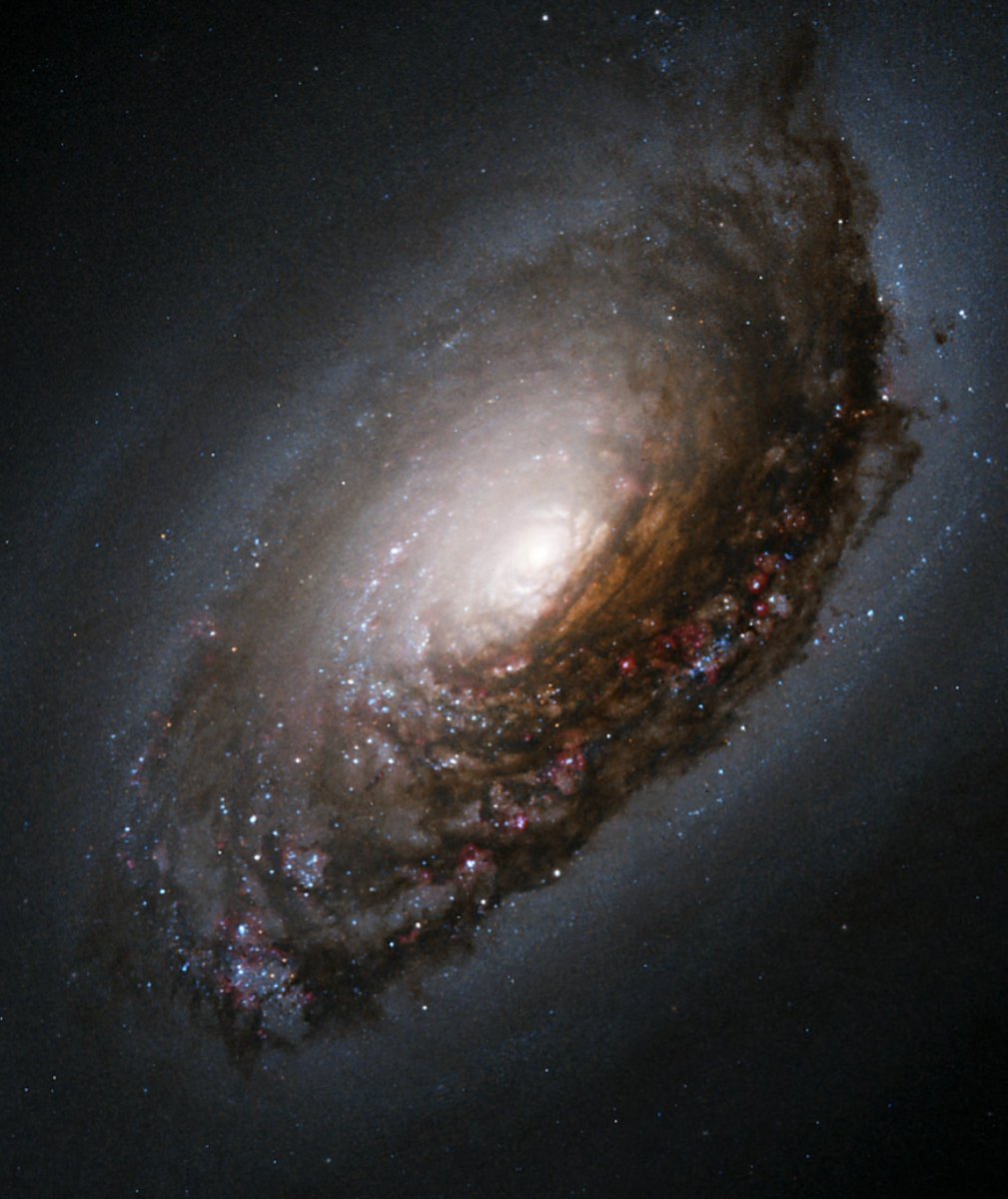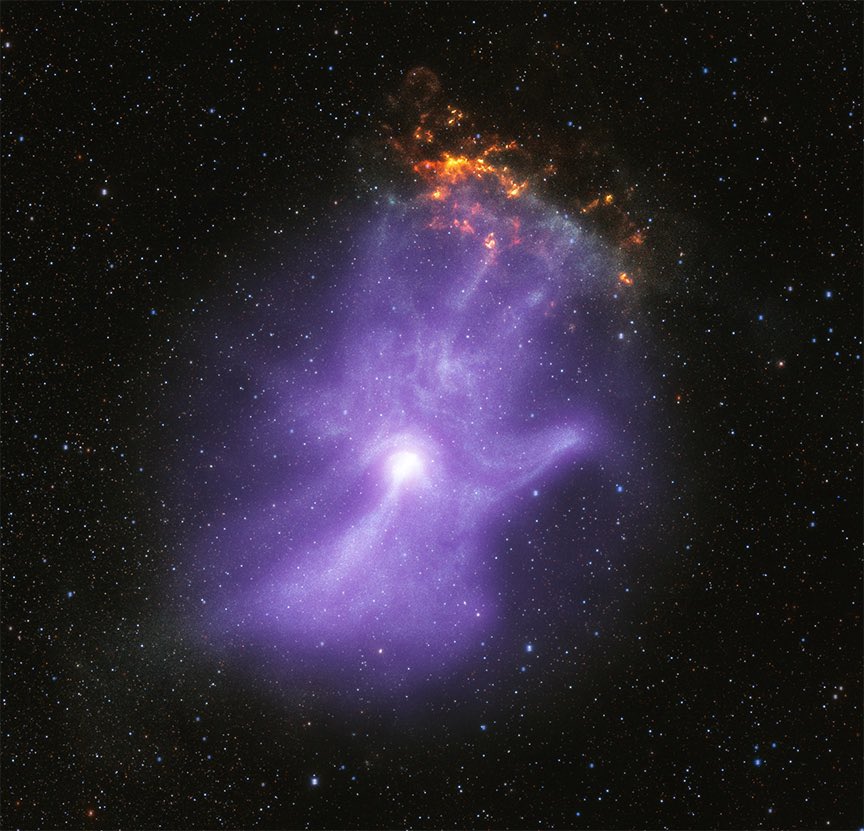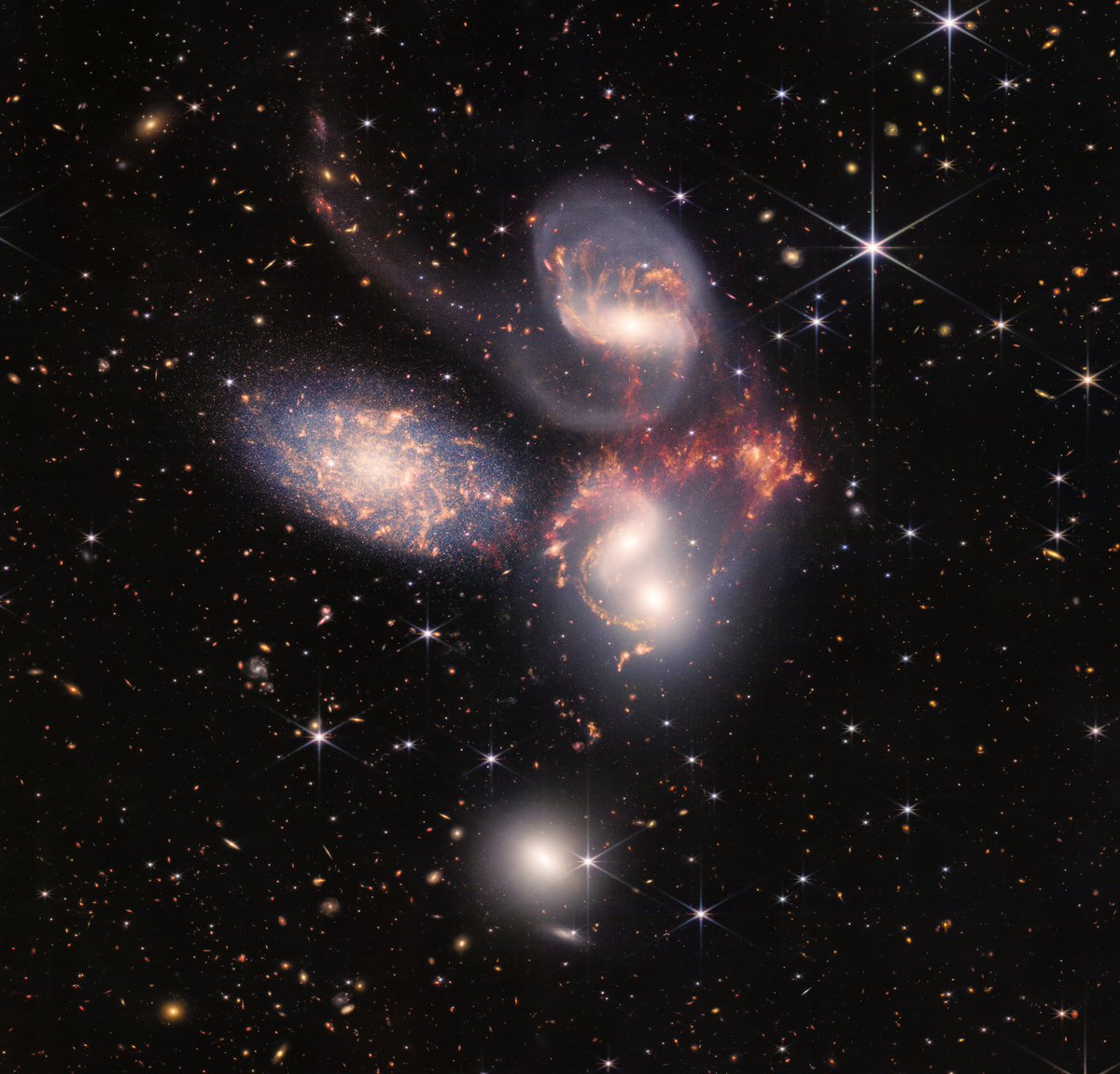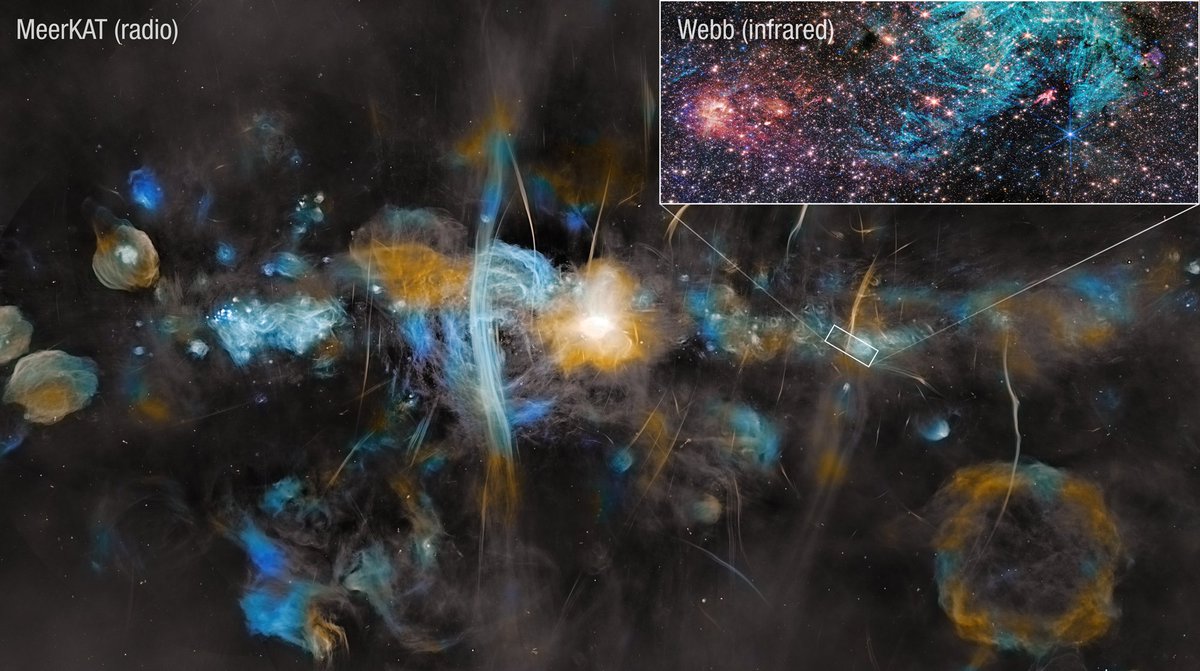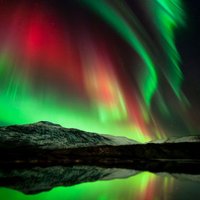
iTweetThere4iAM
@b_ubiquitous
#photography | #aurora | #clouds | #travel | #sunset | #moon | #weather | #stargazing | #photo | #NASA | #MilkyWay | #nature | #space | #storm |
ID: 316752833
13-06-2011 22:36:17
27,27K Tweet
62,62K Takipçi
34,34K Takip Edilen
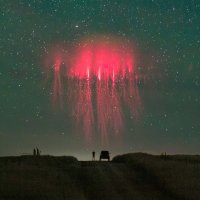
Bucketlist capture early this morning over Kansas. After thousands of hours with TLE's , finally a Giagantic Jet- still in disbelief. It also may be the furthest north ever captured- lots of analysis to do on this one. #kswx #okwx NASA Earth
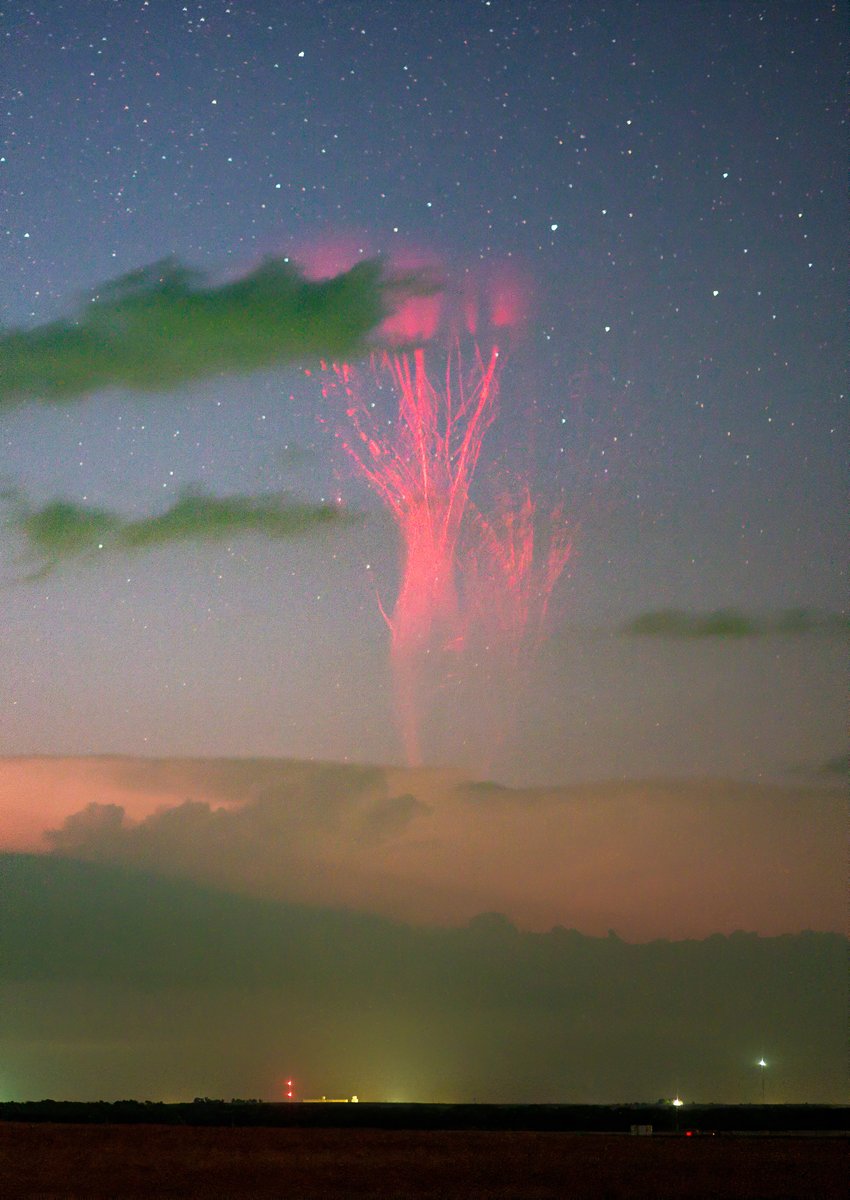

ABSOLUTE INSANITY 🤯🤯 #auroraborealis #northernlights #teamtanner Dar Tanner Dr. Tamitha Skov Scott Rock James Rowley-Hill Mike MacLellan Jono Kimber / ɹǝqɯıʞ ouoſ 💚Angel Dream Chaser💚 @
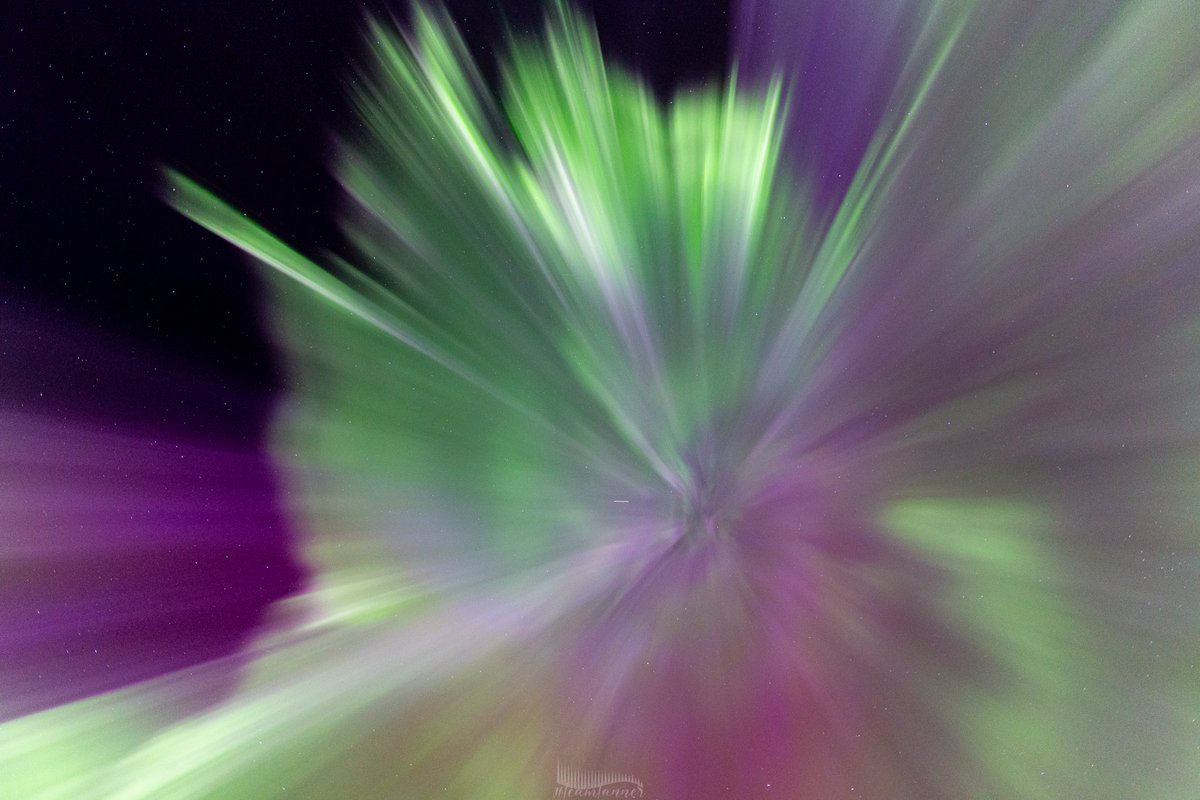

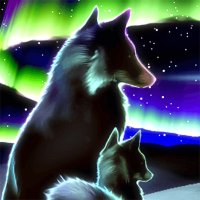

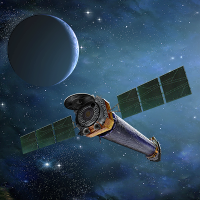
Chandra & NASA Webb Telescope together again! The Crab Nebula is the result of a supernova explosion seen by people on Earth in the year 1054. Located about 6,500 light-years from Earth, the neutron star at its center is roughly 20 km in diameter and it rotates about 30 times per second!
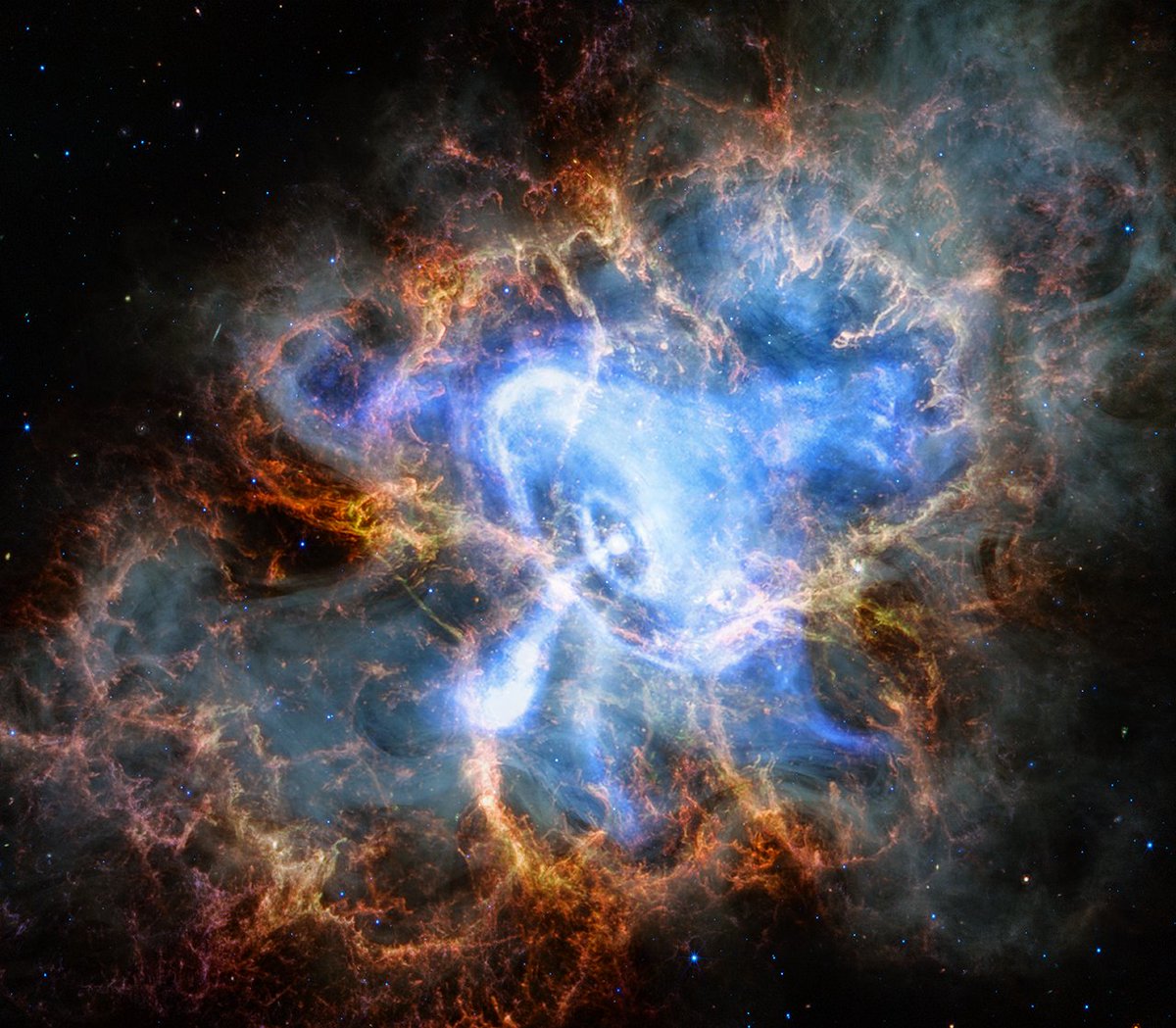







Chandra shows light from the supermassive black hole in the galaxy's center, neutron stars, & black holes pulling in matter. NASA Webb Telescope finds dust, gas, & stars throughout the galaxy and Hubble shows the view in optical light. NGC 3627 is about 36 million light-years away.


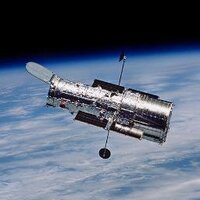
Hats off to you, NASA Webb Telescope! 🎩 Now, both Hubble and Webb have observed M104 – nicknamed the Sombrero Galaxy. Webb's new mid-infrared view shows the smooth inner disk of the galaxy, and highlights how the clumpy gas in the outer ring is distributed: go.nasa.gov/4i7cIJq





